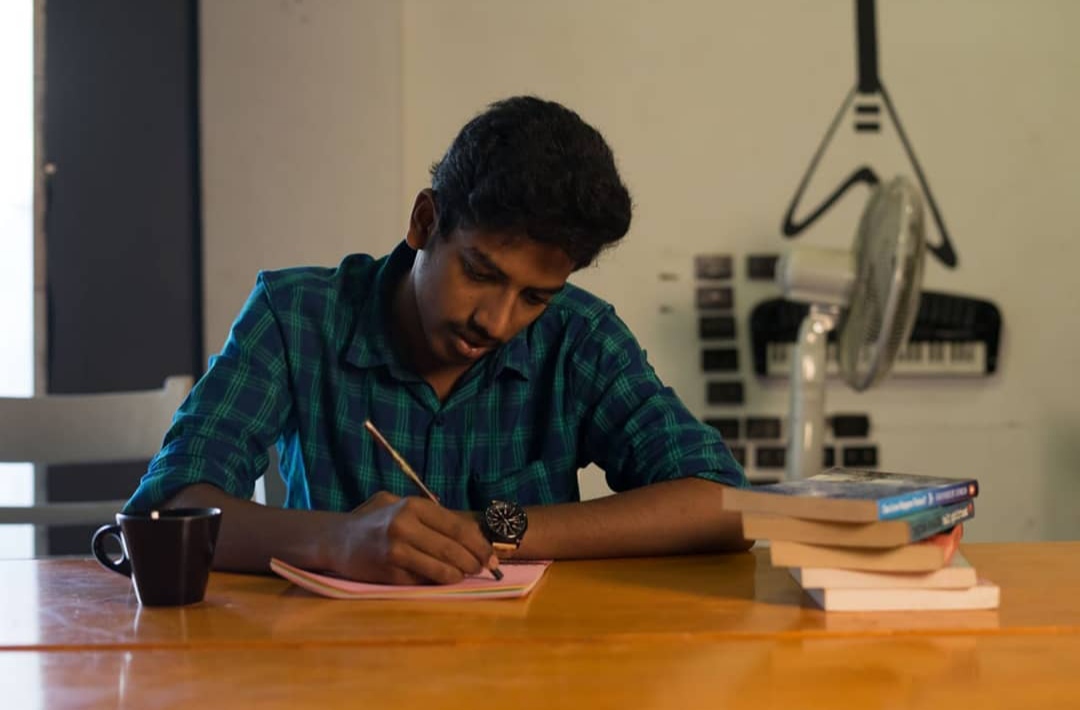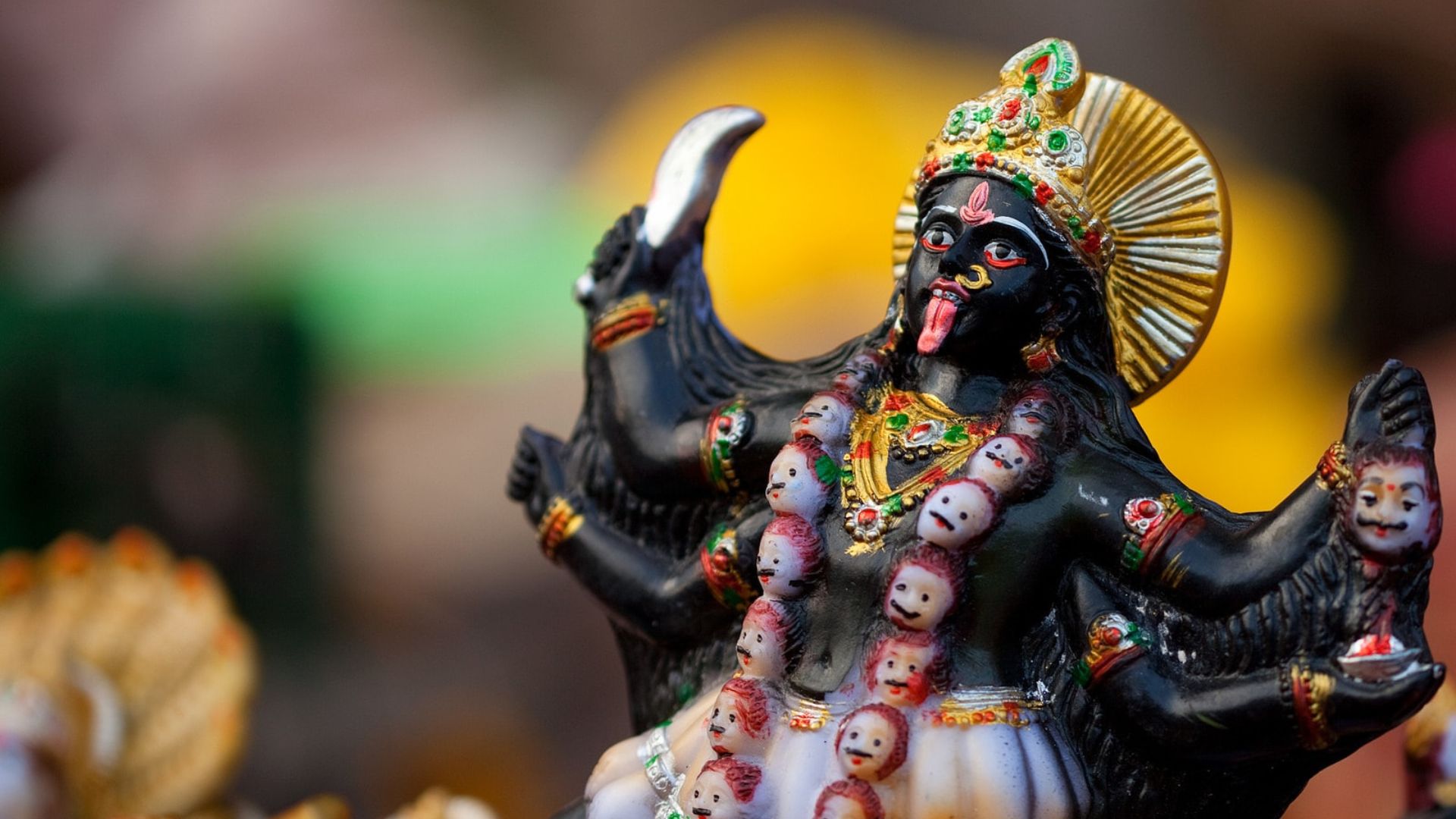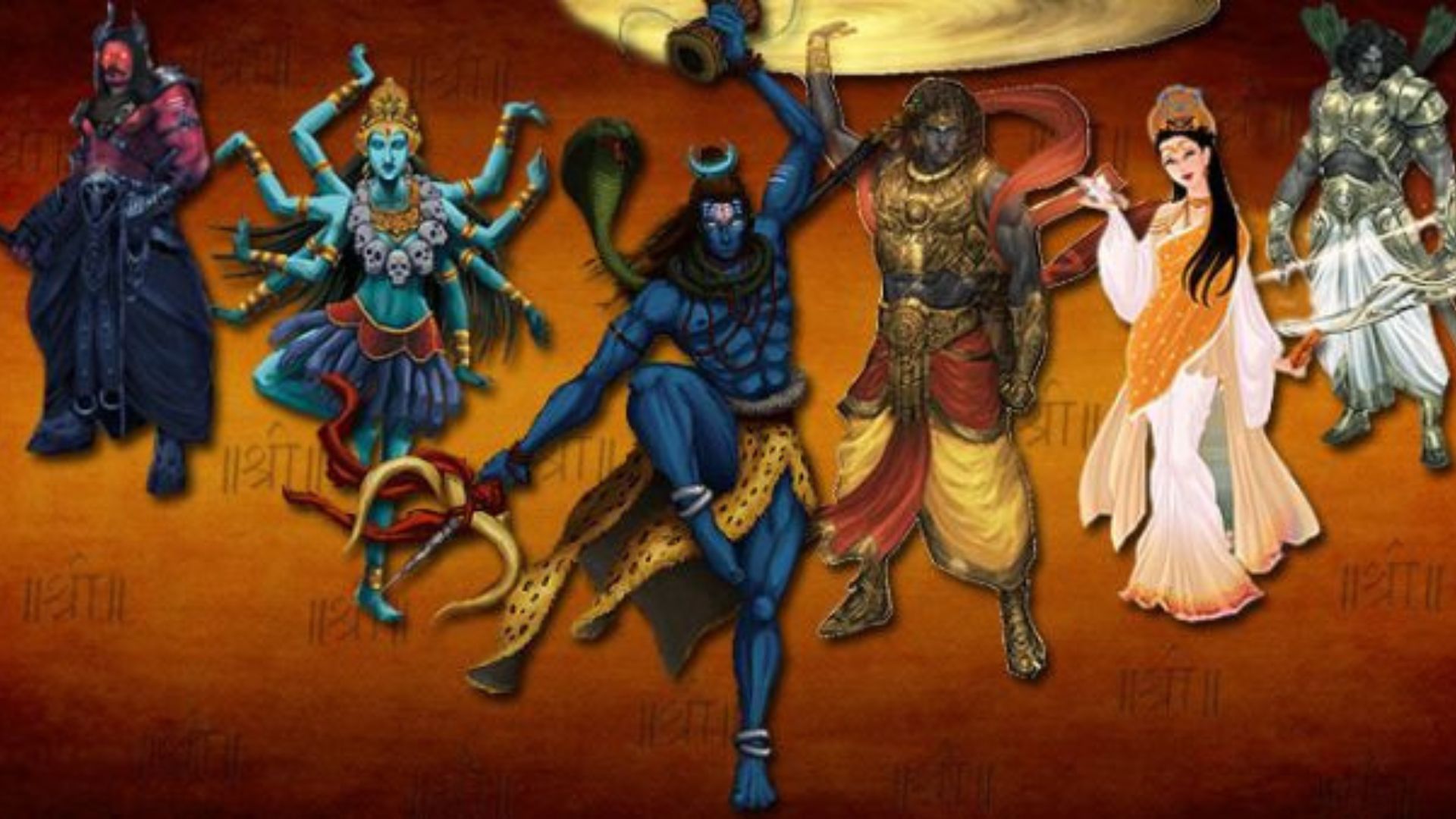Coherence of Hinduism in Folklore Traditions of Tamilnadu
Religion is the fundamental fabric of life. The people are devoted to rituals, which when carried out give them comfort, from conception to death, or rather throughout the entirety of life. The practise of rituals originates from a fear of the gods and the conviction that prosperity can only be guaranteed by rigid adherence to tradition.
Hinduism has been a powerful unifier in the development of India as a nation, with All around India, there are Jothirlingams, sacred temples, its devotees, and well-known festivals.
As if they were twin cities situated on the opposing sides of the same river, Rameswaram and Kashi (Varanasi) are frequently mentioned in the same sentence. Any visit to Kashi for a Hindu is incomplete without going to Rameswaram. The fact that Rameswaram is located in Tamil Nadu has inspired a desire in the hearts of Tamils to travel to Varanasi.
The Tamil merchant community, the Chettiars of Chettinad, hold frequent and opulent devotional ceremonies at the Vishvanath Temple in Varanasi at 4 a.m., 11.30 a.m., and late in the evening at 9.00 p.m. In Varanasi, services are also held in the shrines of Lord Shiva, Mathesvari Annapurna, and Visalakshi, as well as at other temples.
The evening arti or Bada Puja at the Visvanath Temple in Varanasi is a must-experience for everyone travelling to the city, since it is performed with great ritual, pomp, and show in the Tamil tradition. This is a crucial and alluring aspect of Varanasi's religious life, which dates back thousands of years.
For the upkeep of these services, the Chettiars have established sizable endowments in Varanasi and other locations throughout Uttar Pradesh and Bihar. Varanasi's Nattukottai Chatram Bhavan near Gudolia is a significant landmark. Milk, honey, rosewater, decorative items, and flowers are twice daily taken in procession from this location to the temple of Lord Visvanath to the accompaniment of Nadaswaram (South Indian shehnai). At the services, recordings of Thevaram songs are played.
Even during the dark days of the Quit India agitation, when life and commerce in Varanasi came to a complete halt, the ceremonial procession being discussed here was unaffected.
The pilgrimage of the Tamils to Varanasi begins in Rameswaram, where they gather Koti Theertham—holy water—from a well in the Ramanathasamy Temple to bathe the statue of Lord Visvanath there. They bring clean Ganga water from Hardwar or the Triveni Sangam in Prayag on the return trip and use it for the deity's abisheka in Rameswaram.
For immersion in the Ganga, a small amount of beach sand from Rameswaram is collected. At Gaya in Bihar, pinda, or food offerings to deceased ancestors, are made in reverence.
The Tiruppanandal Mult, a revered religious organisation in Tamil Nadu, has its headquarters in Varanasi and a branch in the Tiruppanandal Thanjavur district. It is customarily led by a learned and devout sage. The 16th-century Tamil saint Kumarakuruparar, a member of this clan, is renowned with performing a number of miracles in Varanasi.
The Sankaracharyas are revered spiritual figures who had mutts throughout India: in the west at Dwaraka, in the east at Puri, in the south at Sringeri and Kancheepuram, and in the north at Joshi Mutt. Tamil Nadu is home to the renowned Kamakoti Peetam of Kancheepuram. All of these have religious roots and traditional traditions, strengthening the bond between Indians. Other than the Vaishnavite and the Sankaracharya Mutt.
There are many monasteries in Tamil Nadu, Nanguneri Mutt. The Thirupanandal Mutt, as well as the Dharmapuram, Thiruvavaduthurai, and Madurai Adheenams, are significant among them.
The mutts in Tamil Nadu have developed their own customs for community worship and daily prayers.The entry of the head of a mutt into the village, known as pattina pravesam, is the most colourful event at the headquarters of a mutt. When the dignitary's palanquin, which is resplendent in its tapestry and carrying jewellery and rings on all of their fingers, passes by, people kneel in front of the entourage, which is also lavishly decorated and made up of musicians and folk artists. When the palanquin arrives at their door, the people wait at their gates with poornakumbam, which are silver pots filled with fragrant water and topped with coconuts and flowers. When the head of the mutt arrives, the feet are washed with the water in the Kumbam, and gold, cash, flowers, and fruits are laid at his feet as offerings.
The mutts of Tamil Nadu have played and continue to play a significant role in promoting diverse folk arts and in supporting these artists. It is well worth the effort to stop by the periodic Sadas (assembly of academics), which is organised by the head of the Kanchi Kamakoti Peetam.
Devout people of all castes pray every day in their personal chapel or prayer chamber at home. Because of its extensive rites, procedures, and careful attention to detail, a puja as elaborate as the Udayavar Puja is worthwhile to observe.
Deepas, or ceremonial lamps, are waved at the temples with exquisite workmanship, and the temples themselves serve as a bridge between the past and the present. The involvement of UNESCO in the renovation of the Srirangam and Rameswaram temples in Tamil Nadu is a recognition of the duty shared by all people to conserve the temples' distinctive woodcarving, sculpture, and architecture.
In contrast to the silent rituals performed by many Hindus in their private homes, this practise demonstrates the pronounced religious fervour of devout Hindus. As the culmination of the rite, fire walking awaits them after a long and exhausting journey. The worshippers walk across the fire, treating the scalding embers, as soft cotton pieces spread to comfort their feet. They are baked in the blazing sun, with tormenting pins constraining the tongue, the flesh on the back physically being torn out, and the limbs yearning for rest. Then, the deity is covered with the pot of milk, sandal paste, or holy ashes that was kept in the automobile.
The devotee is positioned in front of the idol in a superlative position, beyond the range of physical discomfort and possibly in the higher regions of the mind, where divinity is perceived at the fountain-source. The devotees dress like horses and ride them while wearing sandals made of nails. Despite all of the anguish, they are painless. People who want to fill this position go through extremely difficult trials, such as observing a month-long fast.
For conducting special abhisheka to the gods, the milkpot is ceremonially carried in the Palkudam. The devotee walks vast miles with a pitcher of fresh milk on her head, never thinking to pick up the pitcher or even try to hold it in her hands. The pot of milk meant to be poured over the deity may occasionally fall on the march when the devotee is running around in a fury.
Another tradition observed in the same way as Palkudam is Santhanakulam, or carrying a pot of sandal paste. All of these rites are performed either singly or in groups, and the entourage includes family members, friends, priests, and people playing musical instruments.
In Tamil Nadu, worship of Ganesa or Vinayaka is frequent when people want to make a promise, prevent a catastrophe, or express gratitude for having their wish granted. Prayers to this deity typically involve shattering coconuts to pieces. This is the symbolic destruction of the three negative powers that are holding back man's spiritual emancipation. In front of this deity, sweetened rice balls called Modhakam or Kozhukkattai are made and given to kids.
Places that have been made holy by birth, other associations, or evolved souls are revered greatly.At these locations, a temple, a mound, or a monument is built.
A tree in Nerur, close to Karur, on the banks of the Cauvery, where Sadasiva Brahmendra sacrificed his mortal remains; Tiruva Mur, in South Arcot district, the birthplace of Saint Appar Tiruchuzhail; and Tiruvannamalai, the birthplace and ashram, respectively, of Bhagavan Ramana Maharshi Sriperumpudur connected to the birth of Shri Ramanu;
Ja, are examples of locations revered. The munisor ascetics are memorialised with wayside stones, and newborns are given the names Munian, Munuswamy, and Muniyandi to solicit their blessings.
By erecting monuments, great scholars and poets are also honoured. A modest shrine on the outskirts of Mylapore honours the memory of Thiruvalluvar, while a samadhi at Nattarasankottai honours the poet Kamban. To ensure academic performance, children are applied earth from the area around this mound to their foreheads before learning to write.
Credits :- Folklore of Tamilnadu by S.M.L. Lakshmanan Chettiar
 Vigneshvaran is the Special Correspondent of the company. He is a graduate of English Literature with keen interest in Indian culture and tradition. He has authored the book Halahala - Corona Outbreak 2020. He writes poems in both English and Tamil. He is also an excellent orator.
Vigneshvaran is the Special Correspondent of the company. He is a graduate of English Literature with keen interest in Indian culture and tradition. He has authored the book Halahala - Corona Outbreak 2020. He writes poems in both English and Tamil. He is also an excellent orator.


 Vigneshvaran is the Special Correspondent of the company. He is a graduate of English Literature with keen interest in Indian culture and tradition. He has authored the book Halahala - Corona Outbreak 2020. He writes poems in both English and Tamil. He is also an excellent orator.
Vigneshvaran is the Special Correspondent of the company. He is a graduate of English Literature with keen interest in Indian culture and tradition. He has authored the book Halahala - Corona Outbreak 2020. He writes poems in both English and Tamil. He is also an excellent orator.